Tunnels, traps and the ticking timer: Why Israel is facing a ‘nightmare’ in Gaza
The Independent explains why the Hamas’ undergound tunnels could prove fatal to Israel’s ground operation in Gaza
As Israel’s ground offensive into Gaza intensifies, reports have emerged that invading forces have begun fighting in the underground tunnels built by Hamas beneath the enclave.
Their ground operation in Gaza – a response to a deadly Hamas attack on Israeli soil on 7 October that killed more than 1,400 people – has never been carried out to this extent before.
Brief incursions in 2014 and 2009 were intended to take out concentrations of Hamas’ weapons, not to “destroy” the entire group, as prime minister Benjamin Netanyahu has stated is the only objective this time around. It will be an exercise in urban warfare of the highest order.
Hamas fighters will know far more about the landscape of Gaza than their Israeli invaders. They also have an arsenal of weapons – the extent of which is not known by the Israeli soldiers – including thousands of drones.
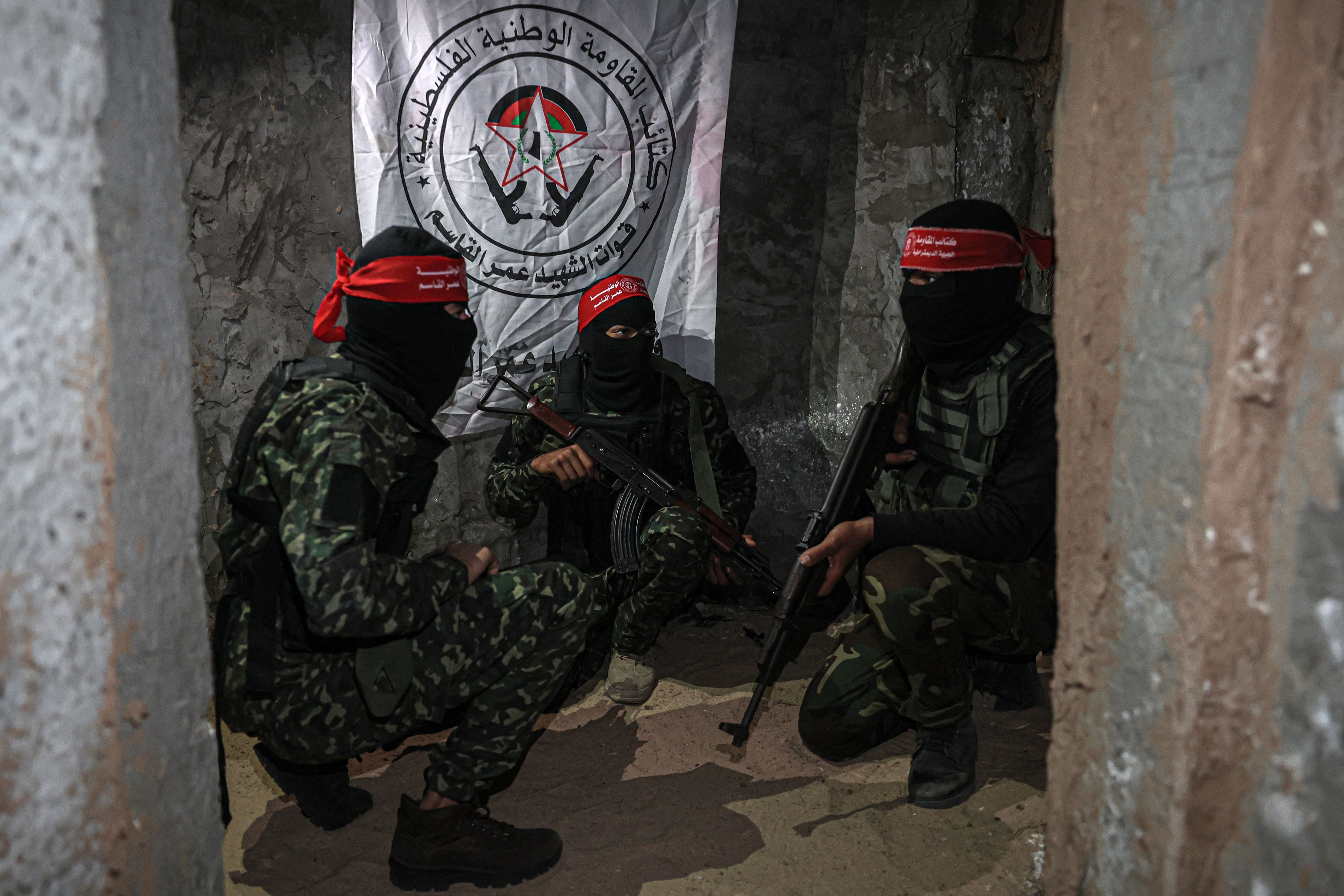
But Hamas will be operating covertly from a labyrinth of underground tunnels known as the “Gaza Metro”.
They will be using them for weapons storage, communication posts and to hide the more than 200 hostages they took from Israeli land on 7 October. They will also use them as staging areas to ambush Israeli soldiers carefully and slowly making their way through the streets of Gaza.
Extensive Israeli operations to catalogue what one recently freed hostage described as a “spider’s web” of tunnels has, and remain, a high priority.
But in the meantime, soldiers on the ground will be vulnerable to surprise attacks from Hamas militants coming from underground. They have now begun to enter some of these tunnels in the hopes of preventing such attacks.
Experts tell The Independent just how difficult it will be to navigate these tunnels and the myriad problems facing Israel.
The tunnel problem
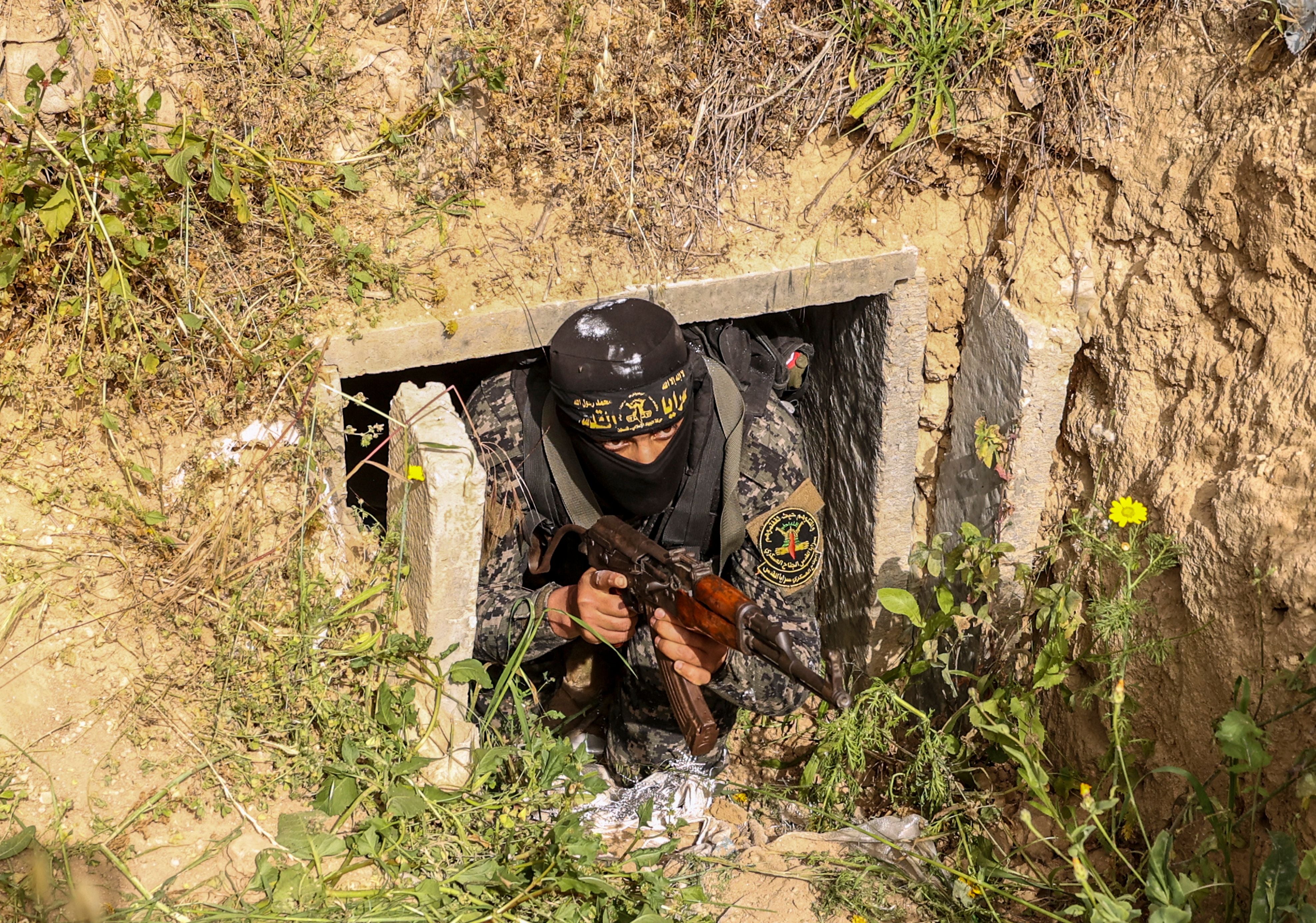
Hamas has spent more than 15 years building a network of underground tunnels beneath the strip, known as the “Gaza Metro” since it was elected to power in the enclave in 2006.
Israel’s foreign ministry claims that at least 1,370 tunnels have been built since 2007. They are often between 10 and 20 metres beneath the ground and up to two metres in height.
Colin P. Clarke, director of research at The Soufan Group, an intelligence consultancy, told The Independent that fighting in these tunnels is a “nightmare scenario” for Israel.
“Preparing to fight in such terrain is incredibly difficult and would require extensive intelligence on what the network of tunnels looks like, which the Israelis may not have,” he said.
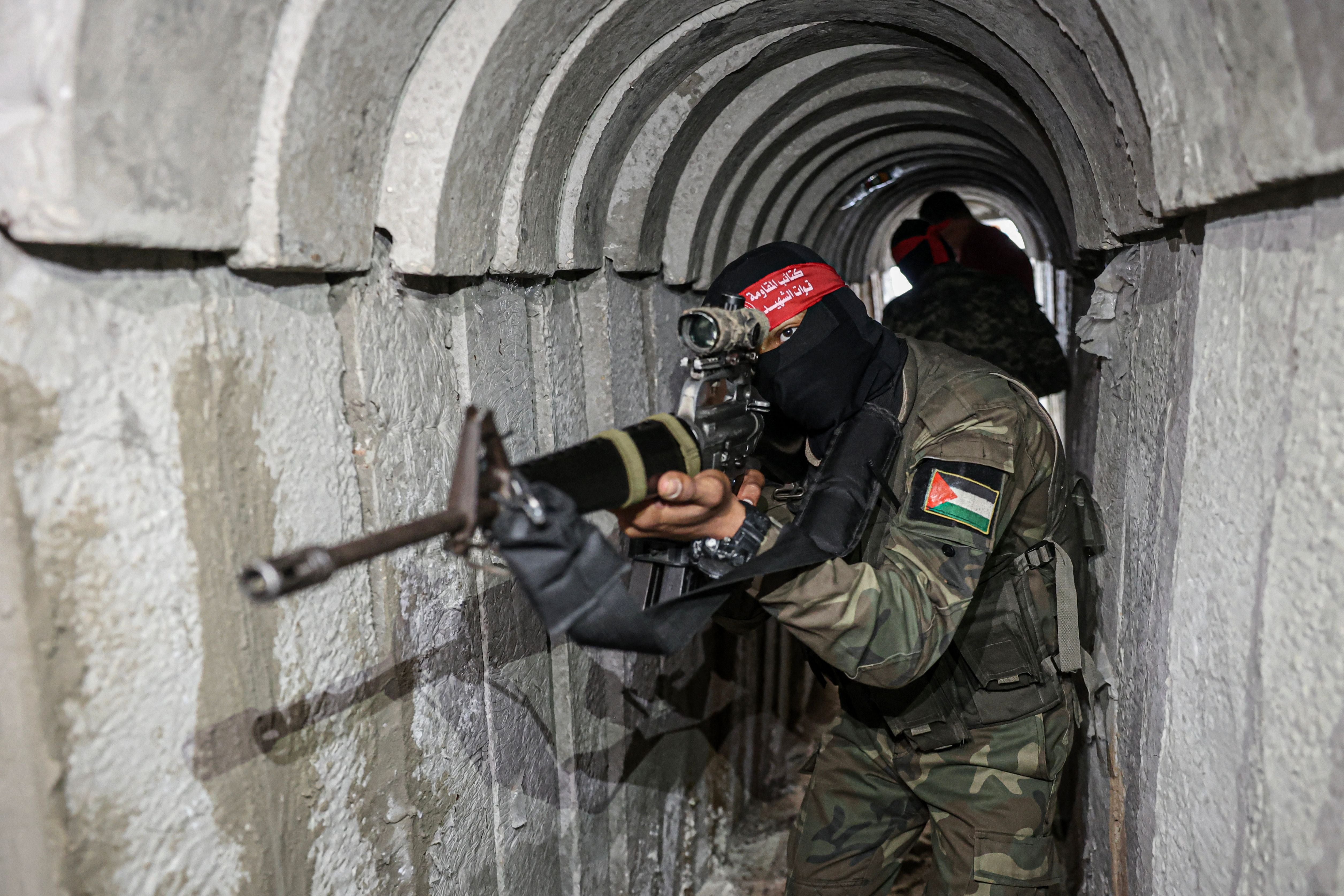
“Clearing tunnels is a nightmare scenario for the soldiers doing it, and like the urban warfare taking place on the surface, it’s a slow, methodical process.
“Ground mobile drones, uncrewed ground vehicles (UGVs), and other intelligence assets may be used to map the tunnels and identify booby traps before sending soldiers to clear them.
“Some air-delivered munitions, referred to as ‘bunker busters,’ may be used; however, these are primarily used to target key command and control nodes. Also, the dense urban terrain in Gaza may limit their use due to the anticipated collateral damage.”
On Monday morning, three days into the attack, the Israeli Defence Forces (IDF) announced that it had “eliminated multiple terrorists barricaded within … the tunnels”.
It was the first claim made by the IDF of underground fighting. There will be many more.
The concurrent threats
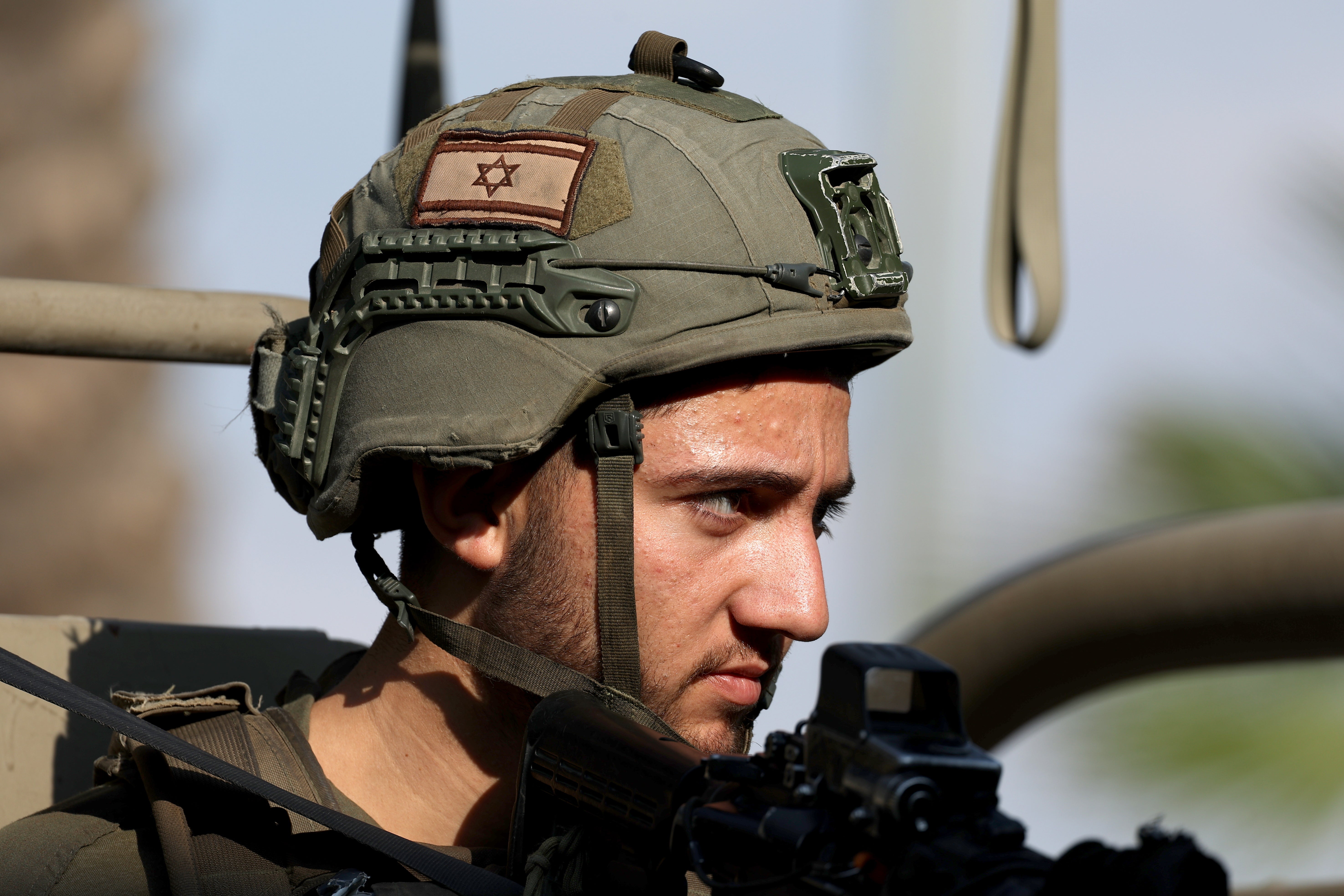
In front of the Israeli soldiers will be a series of defensive lines erected by Hamas.
They include mines, ambush sites and mortar targets, according to a recent review by Nadav Morag, a former Israeli security advisor.
It is widely suspected that areas will also be booby-trapped, including doors laden with explosives, and snipers will be positioned in obscured areas, firing at soldiers as they make their way through the streets.
Drones, drones, drones
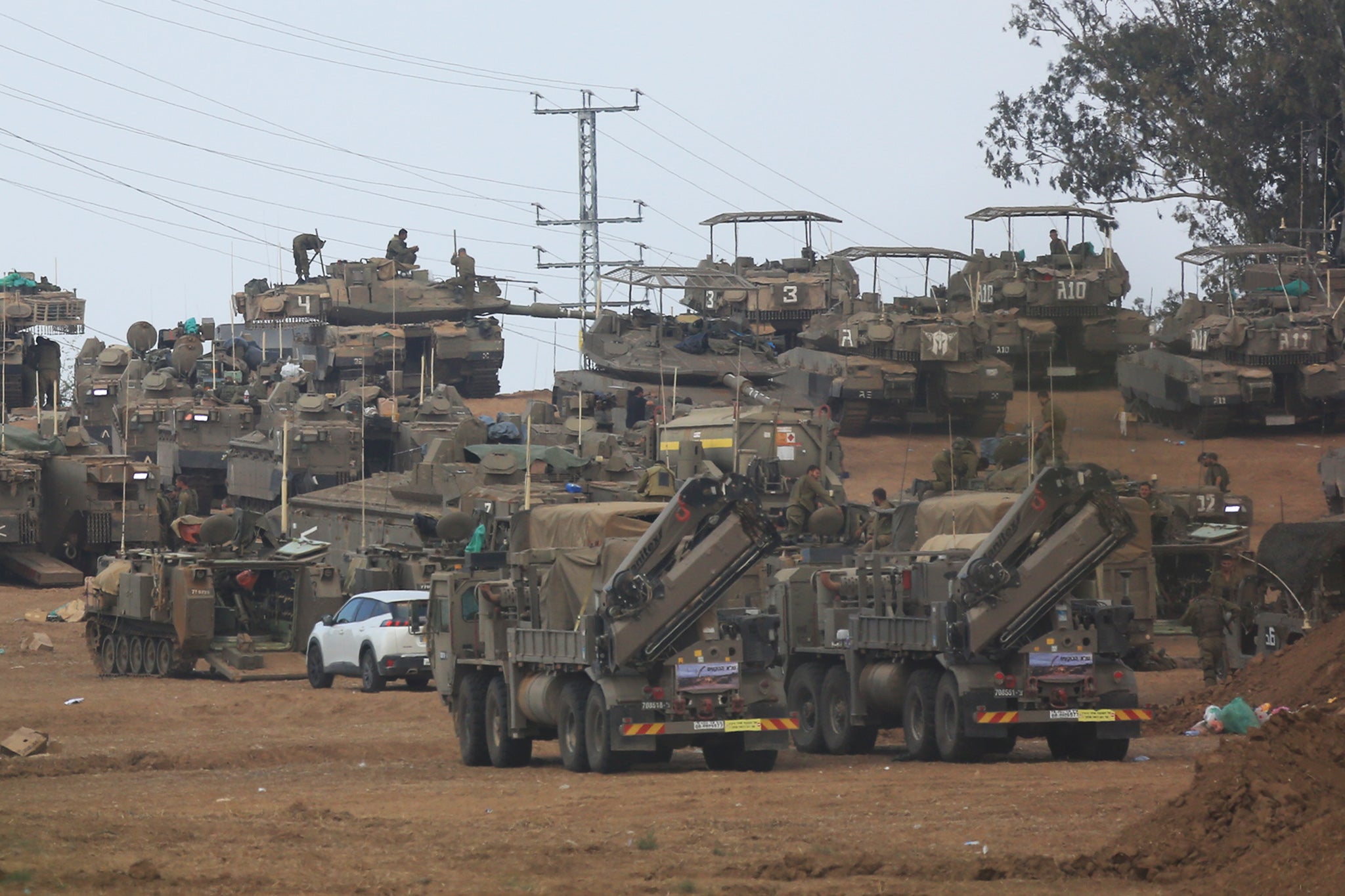
The Israeli forces in Gaza also face a threat from aerial drones.
Hamas’ surveillance using unmanned aerial vehicles (UAVs) will increase the likelihood of Israelis having their position compromised.
They could walk into mined areas, into a sniper target zone, or into a collection of Hamas fighters responding to directions given via the live feeds from their drone operators.
Israel’s tanks, armoured personnel carriers (APCs) and mine-clearing vehicles will also be vulnerable to quadcopter-dropped munitions. One video from 7 October has already shown the successful use of quadcopters against an Israeli tank.
Most importantly, however, Israeli forces will have to be constantly looking up to check for loitering munitions, which are both agile and, owing to their small size and speed, difficult to shoot down. These single-use, one-way drones, laden with explosives, will be used in a kamikaze-style attack.
Federico Borsari, an expert in drone warfare, told The Independent that this aerial threat creates significant stress for soldiers.
“If you have the danger and risk of being targeted by drones from above, the stress is very significant,” he said. “It will have important consequences for the performance of the Israeli forces.”
The second stage
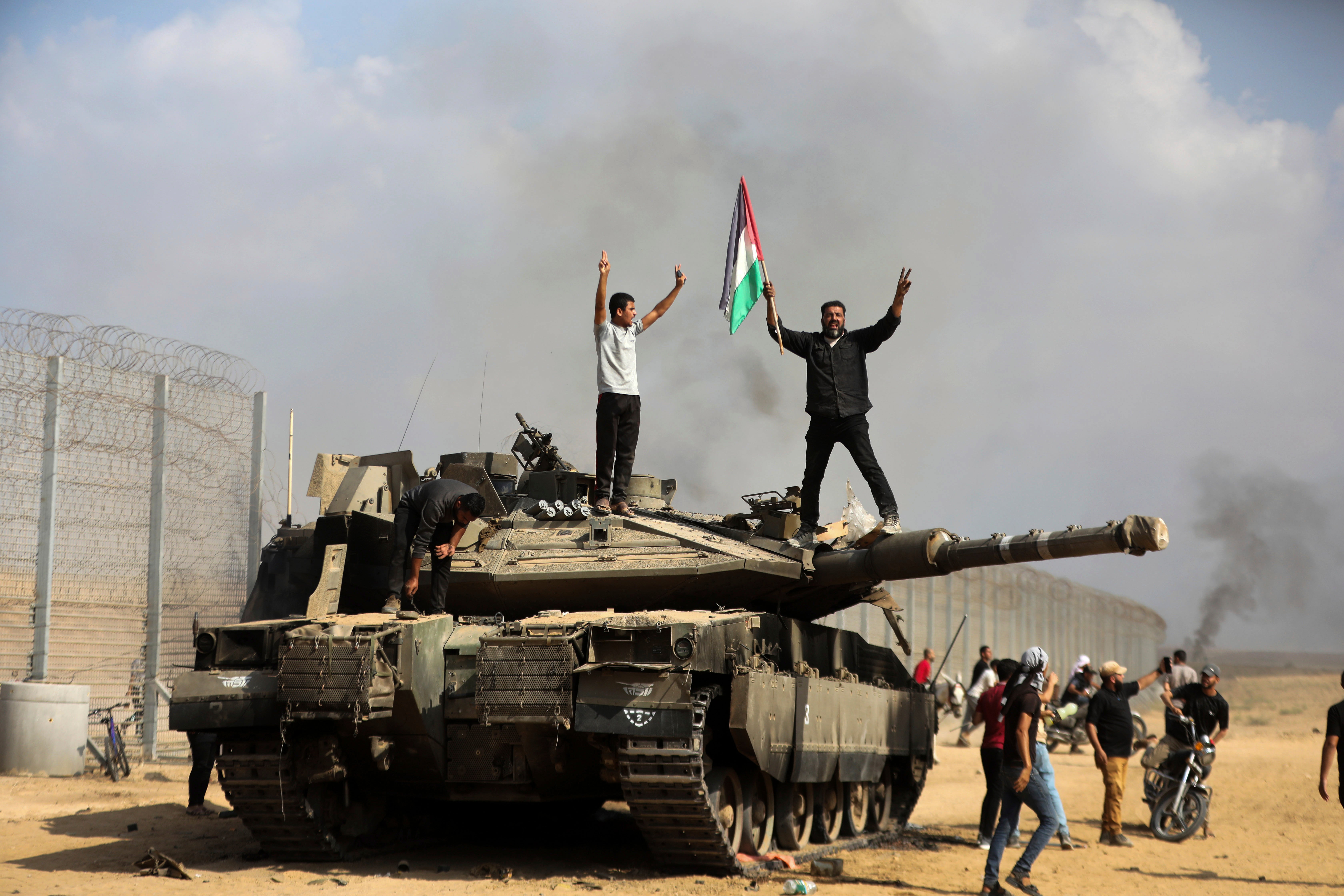
The second stage of Israel’s offensive, once the major Hamas positions have been captured, will be maintaining a presence in the strip, at least temporarily, experts have said.
That carries with it novel problems.
Sir Tom Beckett, a retired lieutenant general for the British Army, wrote in a piece for the International Institute for Strategic Studies (IISS) that “once [Israel] stops attacking and starts occupying, it will lose the initiative by becoming a garrison located in fixed sites”.
This means they will face a heightened threat from insurgents hiding among civilians or in tunnels that went undiscovered during the first stage of the offensive, all the while remaining largely static.
Until all hostages are rescued and Hamas is neutralised, it will be difficult for Israeli forces to leave the strip without failing to achieve their stated aim of preventing the group from being able to “revive” itself.
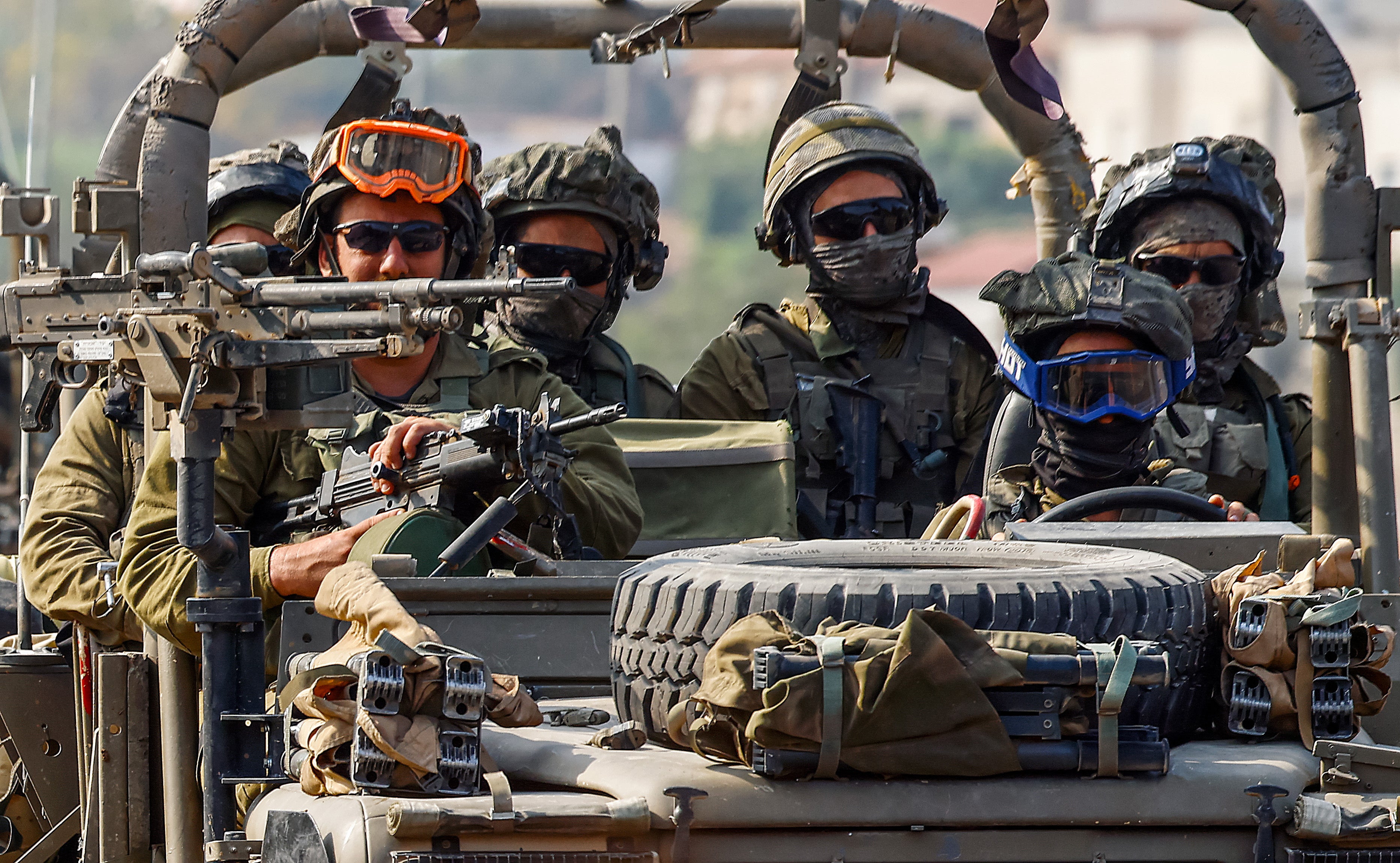
David Makovsky, an expert on Arab-Israel relations at The Washington Institute, said this necessary “high bar” for Israeli success means there is a “low bar” for Hamas to claim victory.
They can essentially “pop up” after the attack and sell their survival as a success, he told The Independent.
This underscores the need for Israel to somehow eradicate the threat of Hamas entirely without spending too long in a vulnerable position within the strip.
Included in that is the near-impossible task of clearing the tunnels.
A need to protect Palestinians
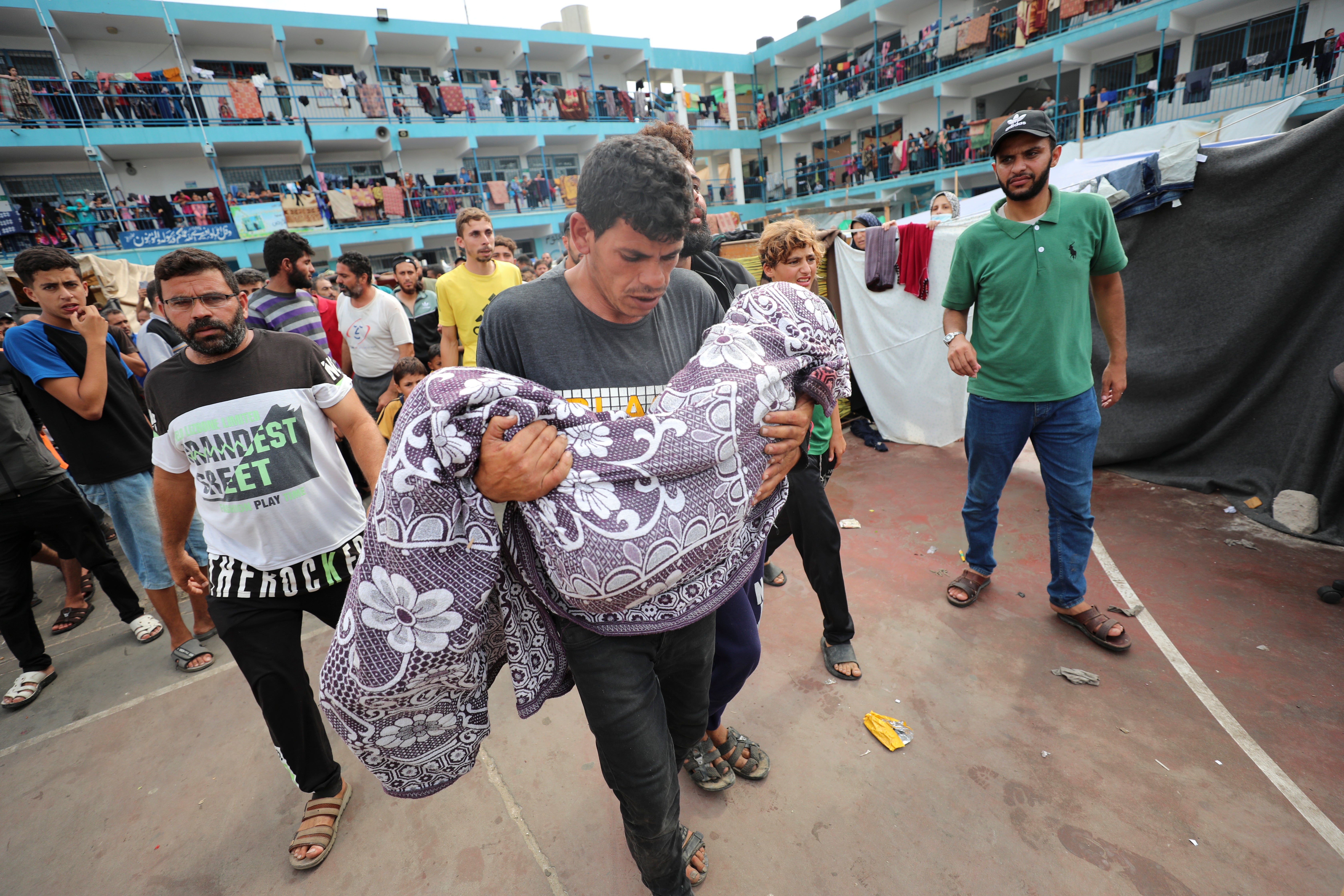
UK prime minister Rishi Sunak reiterated in a televised meeting with his Israeli counterpart Benjamin Netanyahu on 18 October that the country had a “right to defend herself” against Hamas.
But he added that measures must be put in place to “avoid harming [Palestinian] civilians” in Gaza, a caveat that many Western leaders have also made.
Since Israel announced it was “expanding” ground operations in Gaza last Friday, more than 700 people have been killed, according to the Hamas-run health ministry.
That is a near-10 per cent increase in the death toll in just two days.
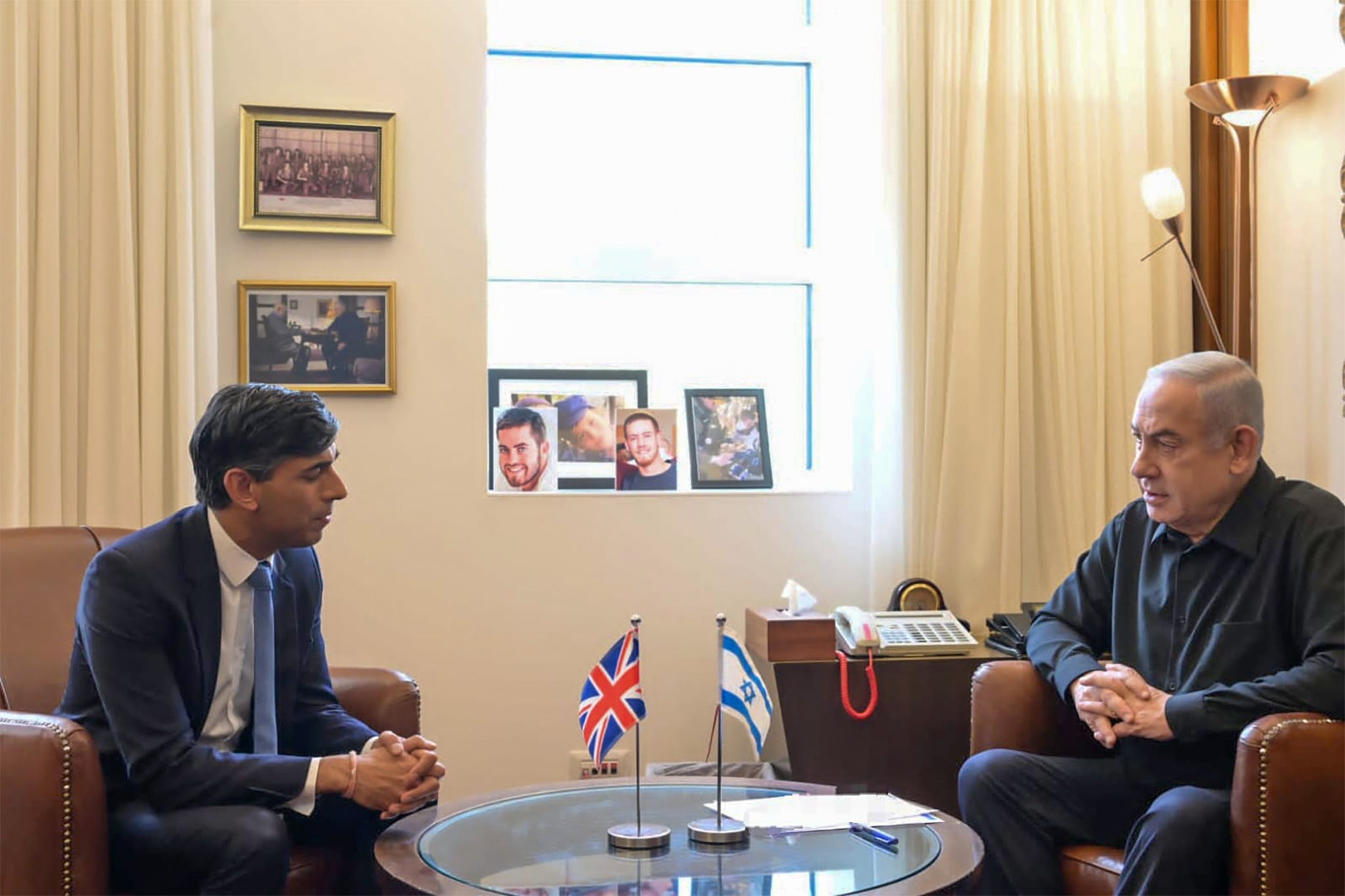
Joshua Krasna, a 30-year veteran Israeli official and former diplomat, told The Independent that the balance between carrying out military goals and avoiding civilian casualties has long been a problem for Israel, and risks undermining support for continued operations in Gaza.
“In all the wars Israel has fought in, from the moment the war starts Israelis know there is going to be pressure on them to end the war too early,” he said.
The more the Palestinian death toll goes up, the more Western support for Israel comes under threat.
In Israel, Mr Krasna said, this is known as the “diplomatic hourglass”.
Mr Makovsky described this as the “blessing and the challenge” that comes with US support for Israel.
For all the immediate military problems facing Israel, the “breathing space” afforded by the West for them to continue their attack also rests on their ability to minimise civilian deaths.
Join our commenting forum
Join thought-provoking conversations, follow other Independent readers and see their replies
Comments